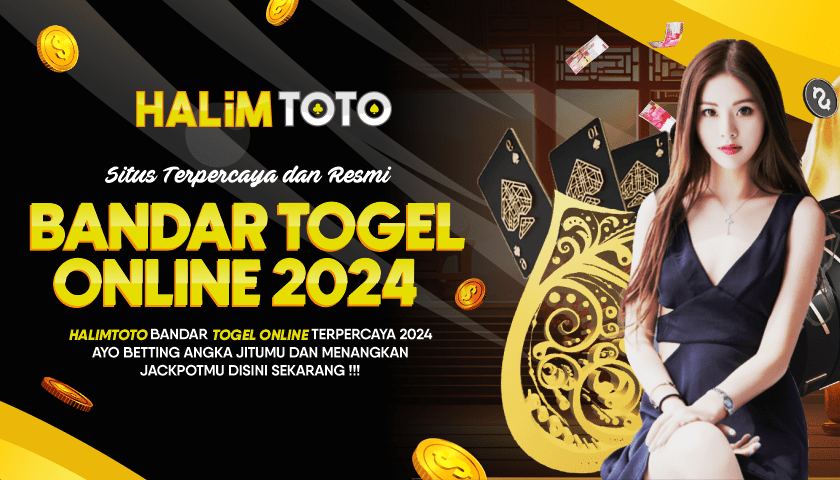Introduction
The Joker card is a unique and versatile card found in many standard decks, adding an element of fun and unpredictability to card games. Originally created in the United States in the mid-19th century for the game of euchre, the joker card balance has since become an integral part of various card games and has even developed its own identity in popular culture. This article explores the history, significance, and uses of the Joker card.
History of the Joker Card
The Joker card’s origins can be traced back to the 1860s during the game of euchre, which required a trump card. To meet this need, the Joker was introduced as a wild card, representing the highest card in the game. The card was originally designed to resemble a court jester, complete with colorful attire and a whimsical appearance.
As card games evolved, so did the Joker card’s role. By the late 19th century, it had become a standard part of 52-card decks, often included as a bonus card. The Joker’s design varied by manufacturer, featuring a range of artistic interpretations, but it generally retained its jester-like appearance.
Symbolism of the Joker Card
The Joker card embodies a duality that reflects both chaos and creativity. In many contexts, it symbolizes unpredictability, spontaneity, and the element of surprise. Here are a few interpretations of the Joker’s symbolism:
- Chaos and Anarchy: The Joker is often seen as a disruptor, challenging the established order of card games. Its ability to serve as a wild card allows it to substitute for any other card, symbolizing the potential for change and upheaval.
- Humor and Playfulness: The jester-like appearance of the Joker embodies a sense of fun and humor. It reminds players to embrace the lighter side of life and not take things too seriously.
- Freedom and Possibility: The Joker’s versatility allows it to represent infinite possibilities, suggesting that anything can happen in a game or in life. This idea resonates with the notion of taking risks and embracing uncertainty.
Uses of the Joker Card
The Joker card can serve various purposes across different card games, enhancing gameplay and strategy. Here are some common uses:
- Wild Card: In many games, the Joker can act as a wild card, allowing players to substitute it for any other card to complete a winning hand. This feature adds an element of strategy, as players can use the Joker to their advantage.
- Game Variants: Some card games specifically incorporate Jokers as part of their rules. For example, in games like “Rummy” and “Canasta,” Jokers can enhance gameplay by providing extra points or serving as wild cards.
- Bonus Card: In certain games, the Joker can serve as a bonus card, offering players additional points or advantages. This can introduce new strategies and tactics into the game.
- Special Functions: In some games, the Joker may have unique roles, such as acting as a “take-all” card or providing specific abilities to the player holding it.
The Joker Card in Popular Culture
Beyond its role in card games, the Joker card has become a symbol in popular culture, especially in literature, film, and art. The character of the Joker, often depicted as a villainous figure in comic books and movies, has garnered significant attention. This character, particularly associated with Batman, embodies the themes of chaos, unpredictability, and anarchy that the Joker card represents.
Additionally, the Joker card has been used in various artistic interpretations and cultural references, appearing in tattoos, illustrations, and fashion.
Conclusion
The Joker card is more than just an addition to a deck of cards; it embodies themes of chaos, humor, and the unexpected. Its versatile role in card games adds excitement and strategy, while its cultural significance extends beyond the gaming world. Whether serving as a wild card in a game or symbolizing the unpredictability of life, the Joker card remains an enduring and fascinating element in the realm of cards.
